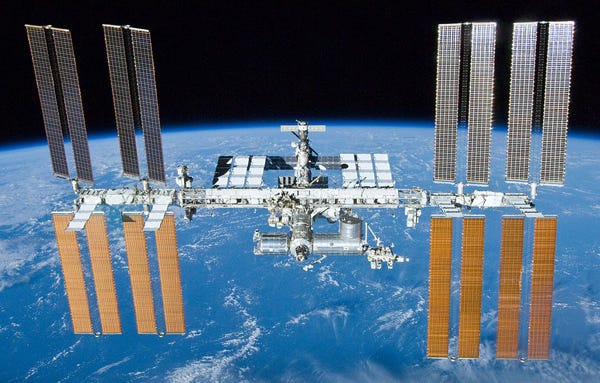9 Eye-Opening Facts about NASA's Medical Technology
June 12, 2015

9 Eye-Opening Facts about NASA's Medical TechnologyJune 2015 American astronauts may be hitchhiking with Russian cosmonauts to the International Space Station for the time being. But NASA still has extremely ambitious goals, including getting human beings to Mars by the 2030s. Getting back outside low Earth orbit to the moon and beyond to Mars will require important medical device advances, Baraquiel Reyna, deputy manager of the exploration medical capability at NASA's Human Research Program (HRP), explained this month in an MD&M East conference session in New York. “We absolutely need your help to develop the devices that we will ultimately be using on the surface of Mars,” Reyna said to the medical device engineers in attendance. Of course, doing so will certainly not be easy. “For the Space Station, we have six resupplies every year. With a Mars mission, we won’t have resupply capability. … And we’re not going to have the benefit of instantaneous communication.” Where there is need, there is opportunity. Medtech innovations related to space travel will likely translate into innovations for our everyday lives on the ground—as they already have for products as diverse as scratch-resistant eyeglass coatings to eye-surgery technology that borrows from NASA telescope research. Here are seven facts about space travel and medical devices that might surprise you.Continue >>
9 Eye-Opening Facts about NASA's Medical Technology
June 2015
American astronauts may be hitchhiking with Russian cosmonauts to the International Space Station for the time being. But NASA still has extremely ambitious goals, including getting human beings to Mars by the 2030s.
Getting back outside low Earth orbit to the moon and beyond to Mars will require important medical device advances, Baraquiel Reyna, deputy manager of the exploration medical capability at NASA's Human Research Program (HRP), explained this month in an MD&M East conference session in New York.
“We absolutely need your help to develop the devices that we will ultimately be using on the surface of Mars,” Reyna said to the medical device engineers in attendance.
Of course, doing so will certainly not be easy. “For the Space Station, we have six resupplies every year. With a Mars mission, we won’t have resupply capability. … And we’re not going to have the benefit of instantaneous communication.”
Where there is need, there is opportunity. Medtech innovations related to space travel will likely translate into innovations for our everyday lives on the ground—as they already have for products as diverse as scratch-resistant eyeglass coatings to eye-surgery technology that borrows from NASA telescope research.
Here are seven facts about space travel and medical devices that might surprise you.
Continue >>
Chris Newmarker is senior editor of Qmed. Follow him on Twitter at @newmarker.
Like what you're reading? Subscribe to our daily e-newsletter.
You May Also Like


